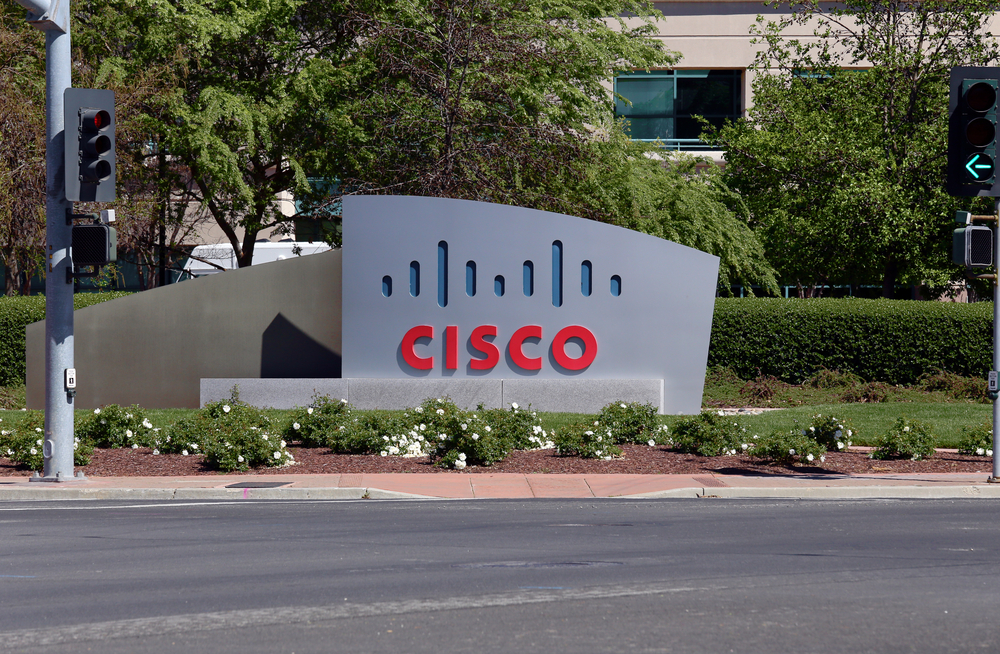Cisco announced today it was buying Jasper Technologies, developers of an Internet of Things cloud platform for $1.4 billion.
With Jasper, Cisco gets a company that understands the burgeoning Internet of Things market. While the IoT term gets bandied about quite a bit, it simply means connected machines talking to one another over the internet. This could be industrial automation equipment on a shop floor, a connected car, a connected wind turbine or even a smart thermostat.
What Jasper is doing is providing a platform to build these connected devices and deliver them to market much faster and with less friction, Jahangir Mohammed, CEO of Jasper said at a press event announcing the purchase today.
What these systems do is generate tons of data and that requires a platform to process, manage and understand all of that data being fed by these devices. The cloud is a particularly smart play for this level of (big) data because companies can scale as much as they need as the amount of data grows.
An IoT Service Could Help Fight Disruption
Cisco clearly recognizes this and is trying to take advantage of it. As VP of corporate business development Rob Salvagno wrote in a blog post announcing the purchase:
Cisco views Jasper as a unique IoT service platform that is disrupting a massive market with strong strategic alignment with Cisco. Jasper represents the largest platform of scale in IoT today with over 3500 enterprise customers and 27 service providers across 100 countries.
As Cisco tries to fight off disruptive forces, one of the industries it’s been concentrating on is Internet of Things, especially with a cloud bent. Jasper gives the company an industrially focused company with a broad international customer catalogue that includes Ford, GM, Heineken and Boston Scientific to name but a few.
This is not a fixed market either, Mohammed pointed out. He sess growth in areas such as the connected car industry, industrial automation and security (like the connected home and building security) in the coming years.
Salvagno also sees the two companies having a great cultural fit, which could make it easier to combine them should the deal pass regulatory muster. “Jasper and Cisco share the same vision for accelerating the IoT,” he said.
In terms of keeping those Jasper employees during the transition, Salvagno said during the press event Q&A that they have put aside an employee retention pool and Cisco is actively focused on retaining those employees in place to the extent they can.
Cisco Gets Growth Potential
Cisco is making a big move into software and this move makes sense in the context of the company’s core networking strength, explained R Ray Wang, founder at Constellation Research.
“The battle in IOT is ultimately about the network. Sensors, stacks and platforms will be commoditized in the network. But you need them for the foundation in the network. It’s a very smart and calculated move by Cisco,” Wang told TechCrunch.
That’s because even as that networking hardware becomes commoditized and loses value, the software side offers Cisco a viable way to grow moving forward.
It appears to be quite an exit for the Santa Clara-based technology company, which to this point had raised over $200 million, according to Crunchbase. The most recent round was $50 million in September 2014.
Gaurav Garg, founding partner of Wing Venture Capital and a Jasper board member was excited about the possibilities of this deal. He believes putting the two companies together will result in a powerful combined entity in an early-stage market.
“We are still in the very early stages of the IoT revolution, which I liken to the spread of electrification in the late nineteenth century. Just as the creation of the electric grid sparked a vast outpouring of innovation, so the ability to connect physical devices to the internet will trigger many decades of new applications, a few of which we can already see in the shape of drones and driverless cars,” Garg wrote in an email.
The deal should close later this year and is subject to regulatory approval.































Comment